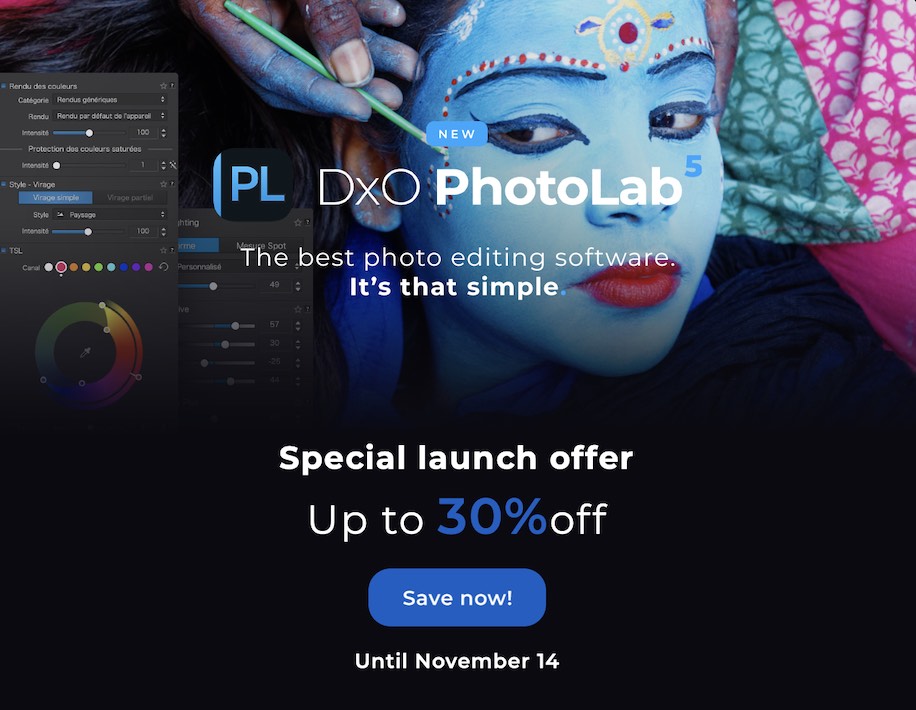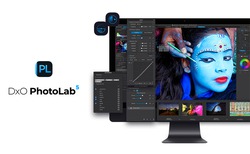

In a stroke of imagination, DxO has come up with a unique solution. As a result, DxO’s ability to sell PhotoLab is limited by factors other than the quality of its output.ĭxO PureRAW converts camera raw files to 16-bit linear DNGs for use in other raw processors

Other users may have a soft spot for the likes of Serif Affinity Photo or Skylum Luminar. No matter how much photographers may grumble about its subscription-only model, the fact remains that a sizeable number of them are locked into using Photoshop and/or Lightroom, because ultimately, they’re incredibly capable industry-standard programs. Most people tend to learn a program and stick with it, the Adobe being the 800-pound gorilla in this particular space. However, the firm has also recognised a fundamental reality of the imaging software market. In particular, its latest AI-based DeepPRIME denoising, introduced in PhotoLab 4, can lay serious claim to being the best currently available.

Along the way, DxO has also developed some class-leading demosaicing and noise reduction technologies. Since then, the firm has built up a vast database of lens/camera profiles, while the software itself has morphed into a fully-fledged raw converter, DxO PhotoLab.
#Luminar 3 vs dxo photolab 2 pro#
It was the first to fully understand and implement the concept of profiled lens aberration corrections with its original Optics Pro software, which it introduced way back in 2004. French software company DxO has a long and distinguished history in digital imaging.


 0 kommentar(er)
0 kommentar(er)
